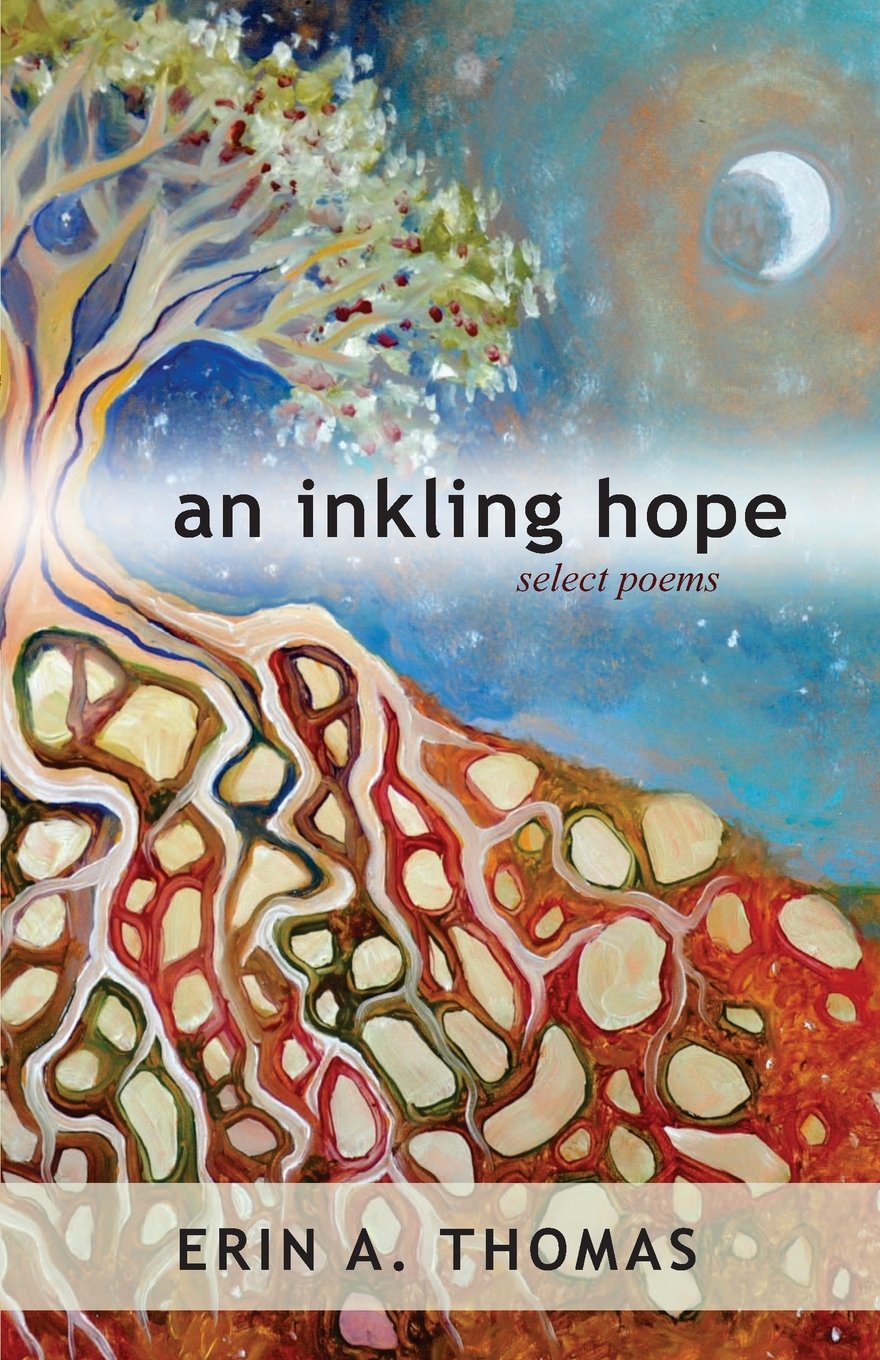My “shift partner”, as they’re called where I now work, is an avid boulder climber. Now, these aren’t the boulders that might jump to mind when you mouth the word in your thoughts. Oh no, we’re not talking those waist-high gray things that might roll out onto the highway in the rain or those head-high bits of granite you might find near a stream bed. No—By “boulder” these particular climbers mean these great big lumps of stone that loom up over your head by as much as 50 feet.
Since my shift partner talks so much about boulder climbing during the wee hours of the night, I thought I’d try my hand at molding the little-known sport to a metaphor and see how that goes.
The Boulder Climber
She is the first to climb this route through life,
to feel her way through all its nuances
to where the summit slopes and vanishes
away from view above the concave cliff.
The way ahead is sheer—without relief;
she reaches, probes, and feels for blemishes
within the rock to serve as purchases
from which to make her way through bruise and chafe.
Patience is the key above all else
to moving gracefully from hold to hold;
she contemplates an overhang, then leaps
to grab a ledge beyond her body’s reach;
her feet swing free, but then she hooks a heel
and muscles past the crux to higher realms.
This is my 2nd Petrarchan sonnet. My first was part III of “Coming Together”, which was also a synthetic ode.

